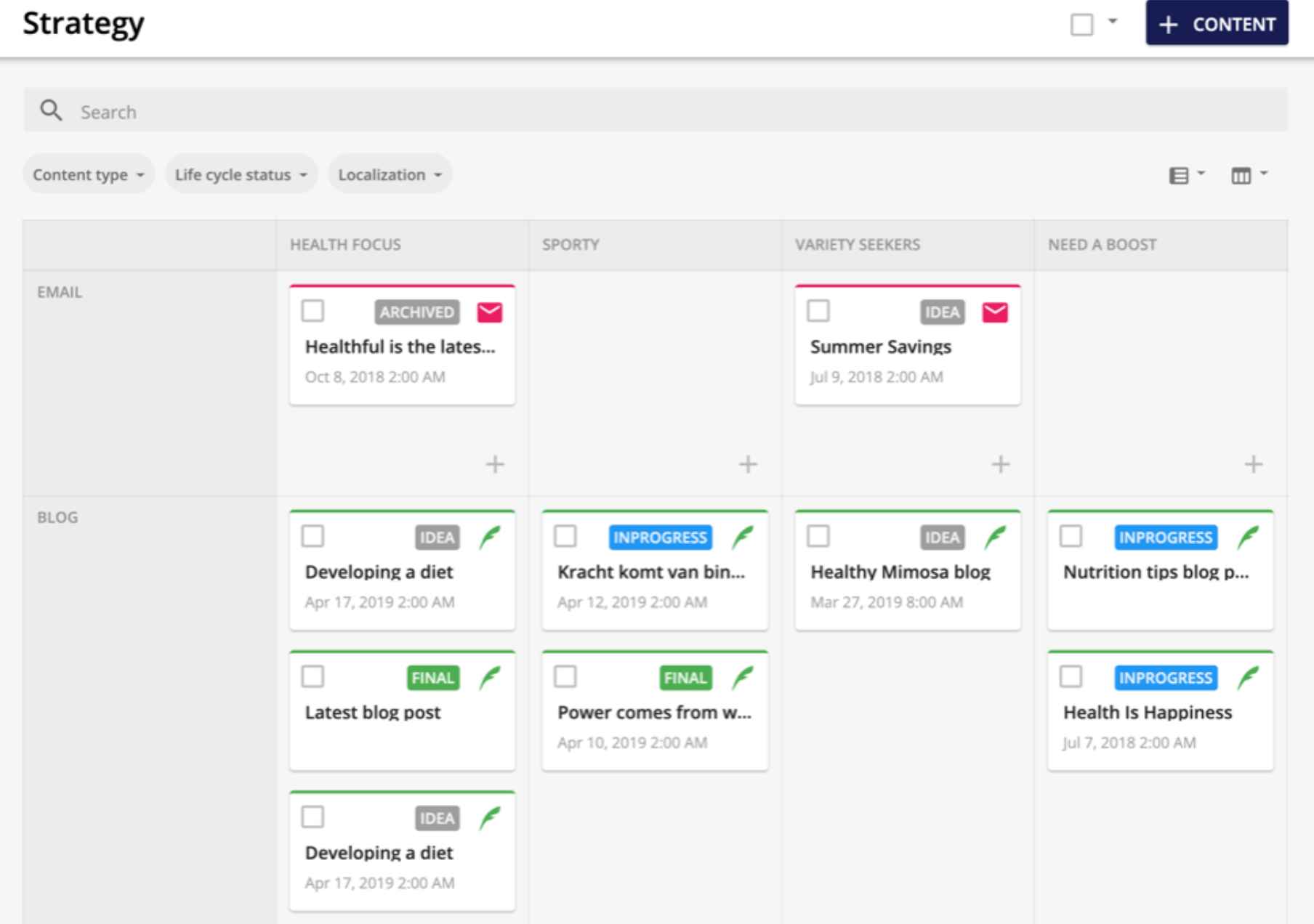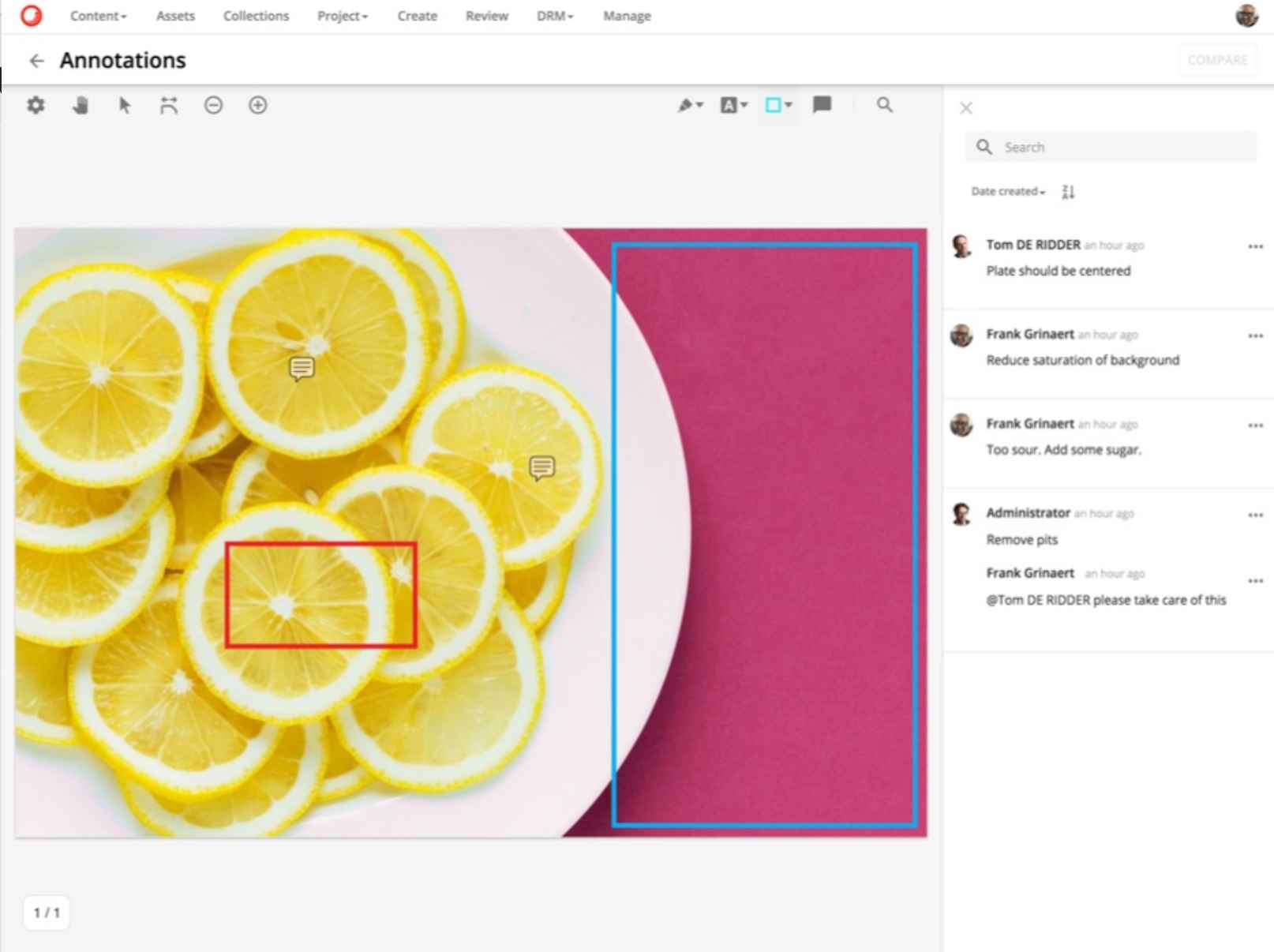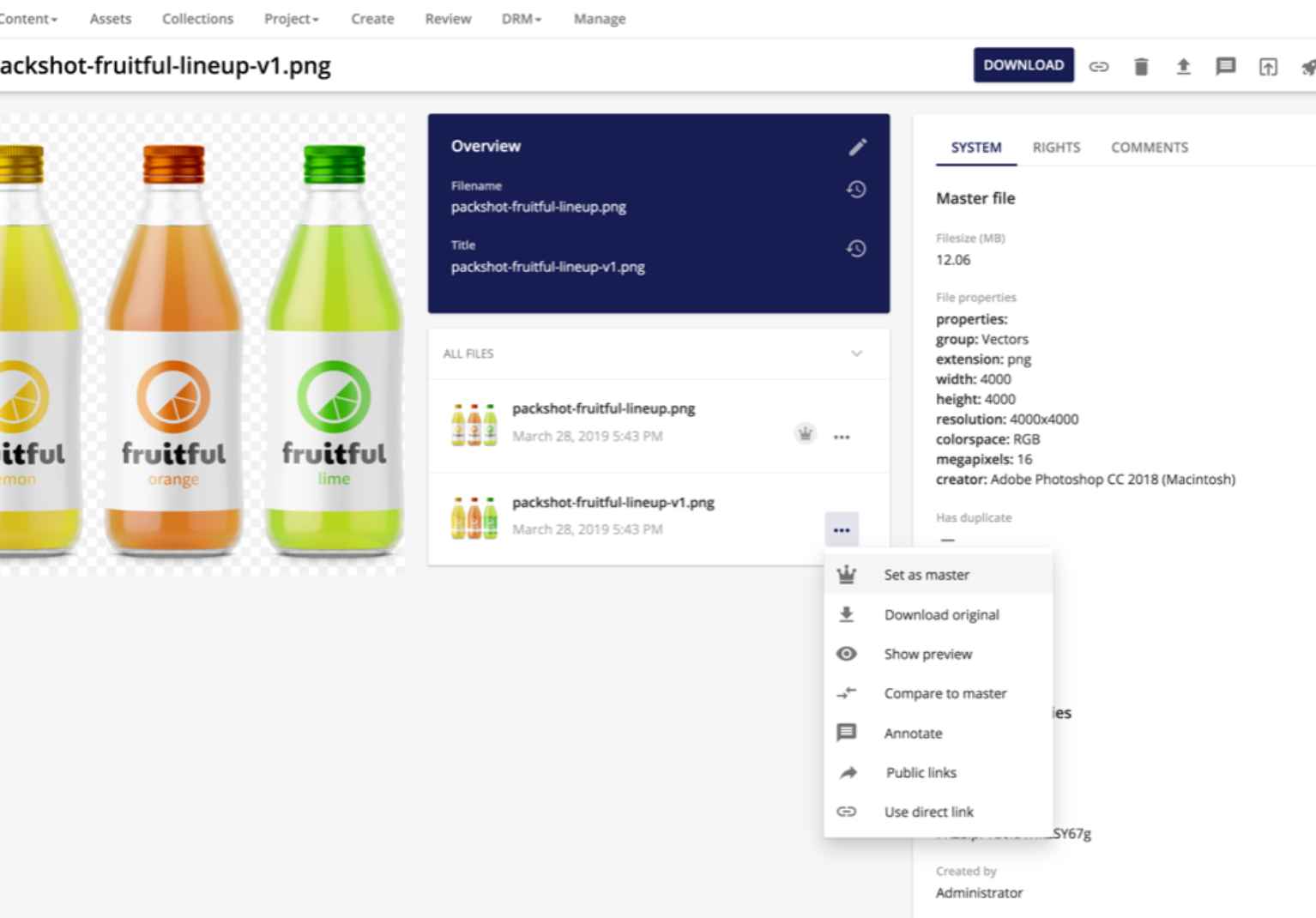Sitecore Content Hub is a marketing tool that gives users the ability to manage the entire content lifecycle in one place. Content lifecycle management is the process of planning, creating, strategizing, optimizing, distributing, and measuring content throughout its lifetime in an organization.

 Content Hub also contains features that make working collaboratively a breeze, such as:
* Sharing files
* Version management
* Preview of different file types in the browser
* Check-in/check-out, real-time collaborative editing
* Online review, comments, annotation, and proofing
Content Hub also contains features that make working collaboratively a breeze, such as:
* Sharing files
* Version management
* Preview of different file types in the browser
* Check-in/check-out, real-time collaborative editing
* Online review, comments, annotation, and proofing

 Content management and curation is made easy in Sitecore through the use of editorial tools that allow content authors to highlight the most relevant pieces of content and best examples of their work.
Content management and curation is made easy in Sitecore through the use of editorial tools that allow content authors to highlight the most relevant pieces of content and best examples of their work.


Sitecore Content Hub Components
| Sitecore Content Hub Component | What it does? | Why you need it? |
|---|---|---|
| Sitecore DAM™ (Digital Asset Management) |
Sitecore DAM™ simplifies storage, management, distribution and control of digital assets. |
|
| Sitecore MRM™ (Marketing Resource Management) |
Sitecore MRM™ allows you to manage, budget, and control every phase of a marketing project. |
|
| Sitecore CMP™ (Content Marketing Platform) |
Sitecore CMP™ streamlines content strategizing, planning, creation, and publication. |
|
| Sitecore PCM (Product Content Management) |
Sitecore PCM helps you stay on top of all your product content for ecommerce and other downstream apps. |
|
| Sitecore W2P (Web-to-Print) |
Sitecore W2P allows users to self-serve and automate collateral creation. |
|
The capabilities of Content Hub include the set up of online commerce, the management of omnichannel campaigns and content marketing, all in a streamlined fashion. This allows marketers to deliver the volume and quality of content they need at every touchpoint in a customer's journey, all in the one location.
What problem does Content Hub solve for marketers?
In order for marketers to offer personalized experiences for their customers and prospects, they need a large amount of content tailored to different personas at every stage of their journey, while also published to a number of different channels. This amount of content can be difficult to create, especially when a use of multiple tools, disjointed systems and high performing content are used. This is often made more difficult as content is frequently generated in multiple areas of the organization resulting in duplicated content and dysfunctional processes. Sitecore's Content Hub allows marketers to work in synergy by: * Streamlining their processes of strategizing, planning, creating, approving, and publishing content across all channels * Managing content processes and workflows * Giving marketers one platform to support these streamlined processes * Encouraging collaboration * Allowing them to understand what content is performing and underperforming, so strategies and plans can be put in place for future content1. Planning
Sitecore's Content Hub allows marketers to plan seamlessly depending on their organizational setup. This may be campaign, persona or topic driven, or structured in other ways that make sense to your business. Using Content Hub, marketers can plan their content production and publication for a number of channels on a calendar, right down to the individual assets of the content that need to be created. A publication time, and production time are derived by back-planning from the publication time, to ensure all assets required for a campaign are ready on time. This planning phase can also include the creative concepts and planning of the content, or it can be included in the next step: authoring and collaborating.
2. Authoring and collaborating
The next step of the Sitecore Content Hub involves authoring your content and collaborating between stakeholders to review, annotate, comment and approve content. You can author content directly onto the platform, or you can copy and paste it from platforms such as a Google or Word Doc. Content Hub also contains features that make working collaboratively a breeze, such as:
* Sharing files
* Version management
* Preview of different file types in the browser
* Check-in/check-out, real-time collaborative editing
* Online review, comments, annotation, and proofing
Content Hub also contains features that make working collaboratively a breeze, such as:
* Sharing files
* Version management
* Preview of different file types in the browser
* Check-in/check-out, real-time collaborative editing
* Online review, comments, annotation, and proofing

3. Content management and curation
Once your content has been authored and approved by stakeholders, it will need to be managed and curated. Content curation refers to the process of continually adding value to your content to ensure it stays relevant. Some activities that are commonly completed in this step include: * Version management * Making source files available * Adding metadata * Applying personalization and localization tactics * Adding structured data to content Content management and curation is made easy in Sitecore through the use of editorial tools that allow content authors to highlight the most relevant pieces of content and best examples of their work.
Content management and curation is made easy in Sitecore through the use of editorial tools that allow content authors to highlight the most relevant pieces of content and best examples of their work.





